UC Davis Experiments with a New Textbook Model
An interview with Jason Lorgan, executive director of campus stores at @UCDavis, about the university's innovative new textbook-affordability program.

Send us a link
An interview with Jason Lorgan, executive director of campus stores at @UCDavis, about the university's innovative new textbook-affordability program.

Could scholarly publishers' skills and capacity be re-positioned to serve researchers at earlier stages in the research process, 'upstream' of publication? A survey of the communications needs of almost 10,000 researchers.
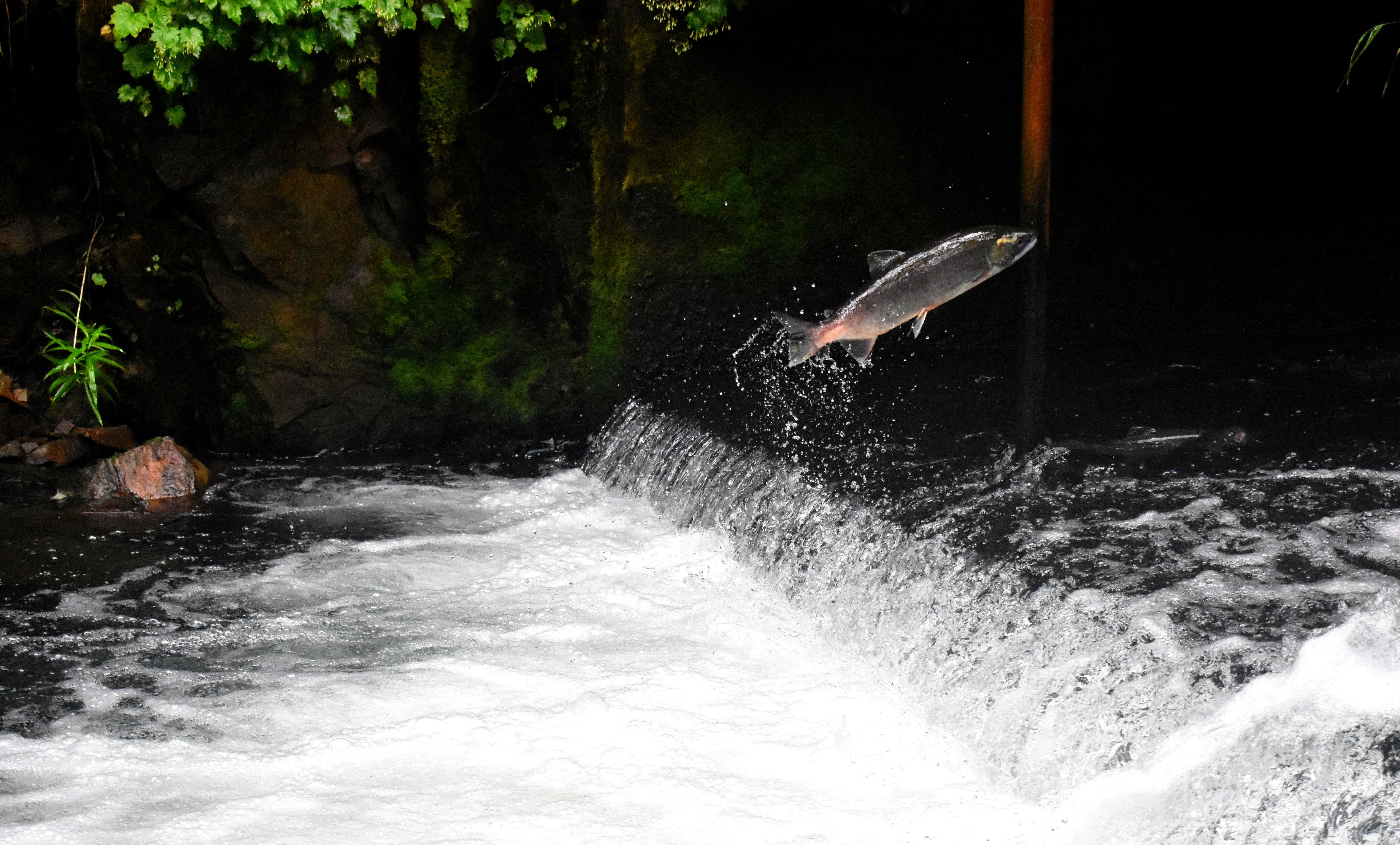
In this guest post, Gisela Fosado and Cathy Rimer-Surles of Duke UP share highlights and a video from their panel session on equity at the 2019 AUPresses Annual Meeting, plus helpful recommendations to help us achieve equity in scholarly communications.

Proposing a model for thinking about the interactions of rigor, cogency, accessibility, significance, openness, and impact in scholarly quality.
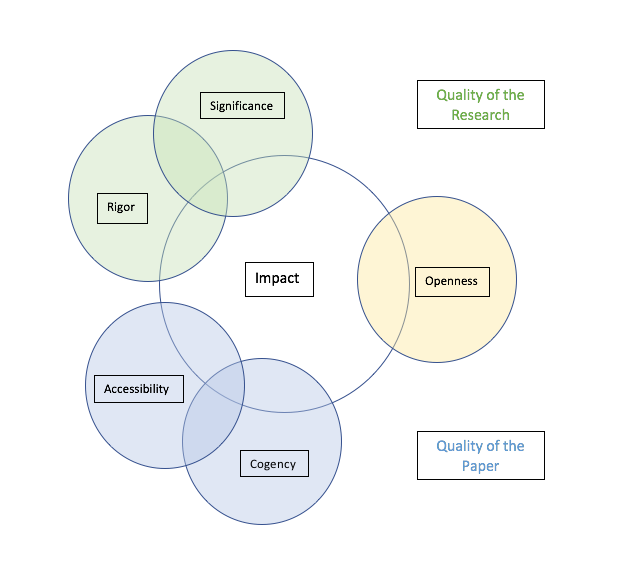
A new research report provides an inventory of some 52 ongoing open source publishing initiatives and a thoughtful analysis of the open source community in publishing.
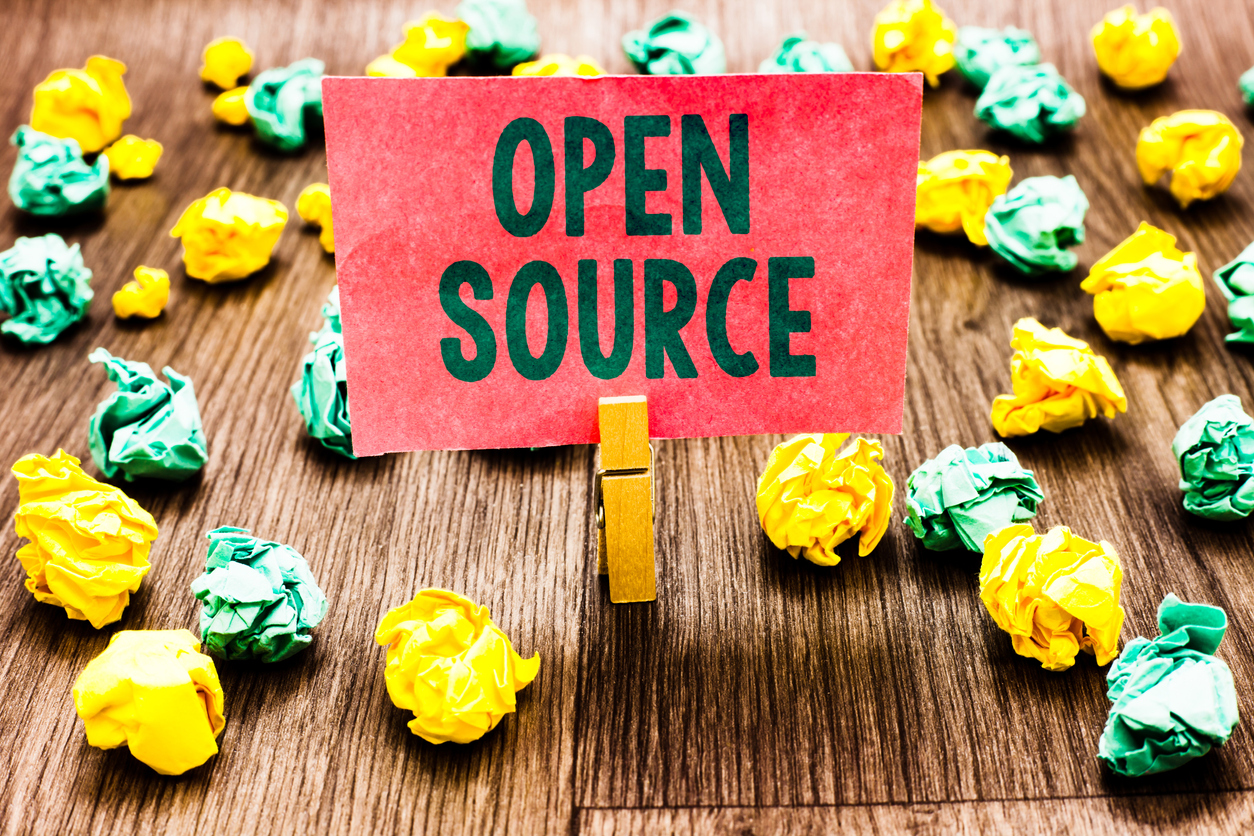
Authors want their papers published quickly while also expecting high-quality reviews. Reviewers want reasonable deadlines. These two groups come from the same communities so why the disconnect?

EMBO's Bernd Pulverer looks at the revised Plan S Implementation Guidelines.
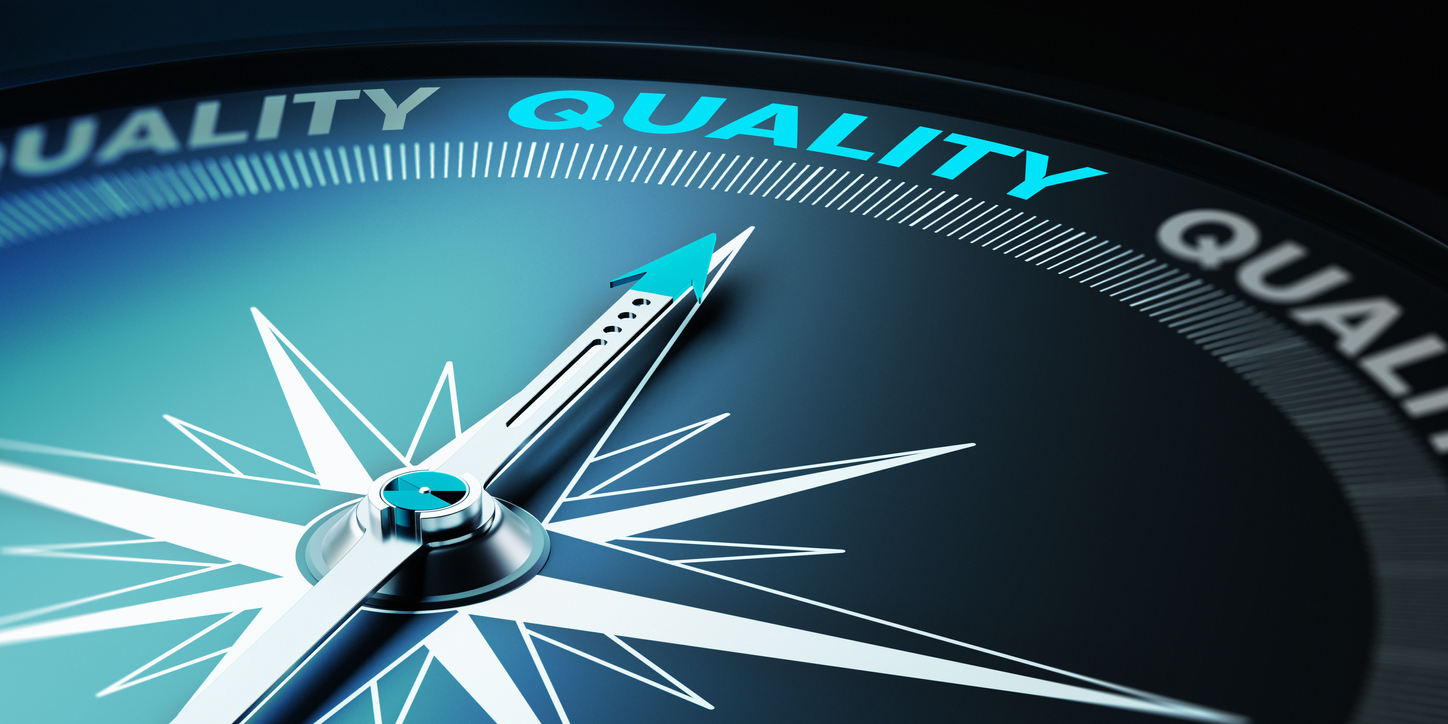
So does Sci-Hub lead libraries to cancel journals, or doesn't it? Maybe the answer isn't a simple yes or no.

A path forward for open access in the humanities and social sciences.

Here's a 12 point guide to blockchain. Written for non-technically minded scholarly publishing folk.

The fifth annual Peer Review Week will take place from September 16-20, 2019. This post reflects on its history and achievements.
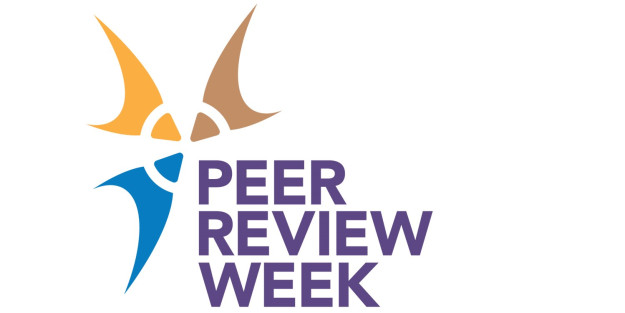
Will authors exercise their market power to put downward pressure on article processing charges?

Plan S has injected a much-needed sense of urgency to the debate about transformation to full and immediate open access, but what are we missing in our focus on the minutiae of compliance?

A brief review of studies linking social media and article-level performance.

Two years after its initial entry into the marketplace, Cabell's Blacklist has matured into a carefully crafted and highly useful directory of predatory and deceptive journals.

There’s a new publishing trend in town, says Mario Biagioli: Faking co-authors’ names. Biagioli, distinguished professor of law and science and technology studies and director of the Center for Innovation Studies at the University of California, Davis, writes that it’s “the emergence of a new form of plagiarism that reflects the new metrics-based economy of scholarly publishing.” We asked him a few questions about what he’s found, and why authors might do this.

Transcript of a debate held at the 2019 Researcher to Reader Conference, on the resolution 'Sci-Hub Does More Good Than Harm to Scholarly Communication.'

On Friday, Ithaka S+R released the latest cycle of our long-standing US Faculty Survey which has tracked the changing research, teaching, and publishing practices of higher education faculty members on a triennial basis since 2000. Here, some of the key findings around open access are higlighted. Especially among early career researchers, real-world incentives remain misaligned — and indeed appear to be moving further out of alignment — with the drive towards open access.

Is it every day or just every week that we see an announcement of a new “transformative agreement” between a publisher and a library or library consortium? Or, if not a press release announcing such an agreement, a statement that such is the goal of a newly opened — or perhaps faltering — set of negotiations? What makes an agreement transformative anyway?

The academic publication lifecycle has undergone radical changes over the past several years. These changes have a significant impact on how scholarship will be written, published, promoted, and read in the future.

Libraries provide vital digital services to their host institutions. If these services carry clear library identity branding, it strengthens the library's position in the university and enables it to secure the budget and political capital necessary to do its work.
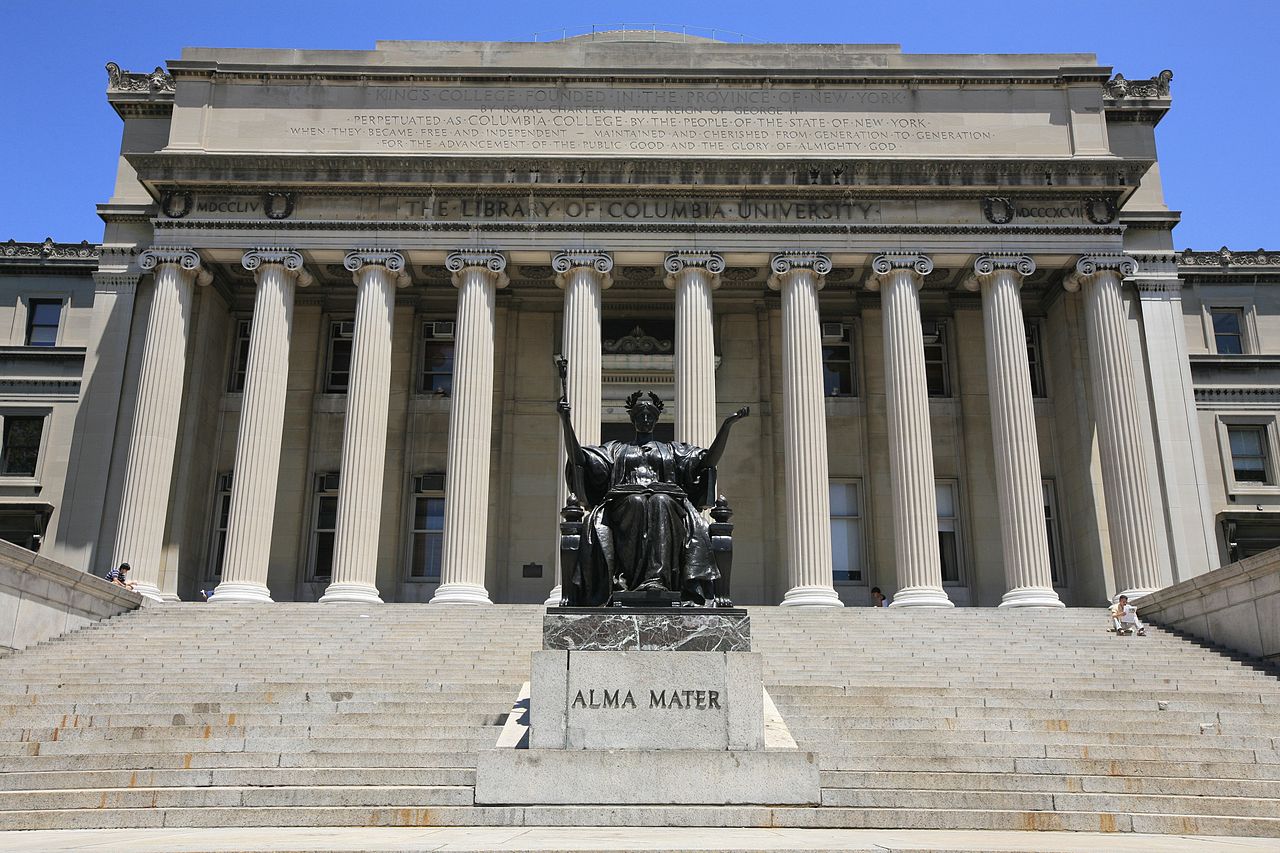
Robert Harington interviews Daniel Hook, CEO of Digital Science, discussing openness and findings from his recent report entitled The Ascent of Open Access.

A pilot project representing the first significant experiment with the syndication of publisher content to a content supercontinent.

NISO and NFAIS announced a planned merger yesterday, designed to better serve their members during a time of rapid change.

With thousand of pages of feedback on the Plans S implementation guidance, what themes emerged that might guide next steps?
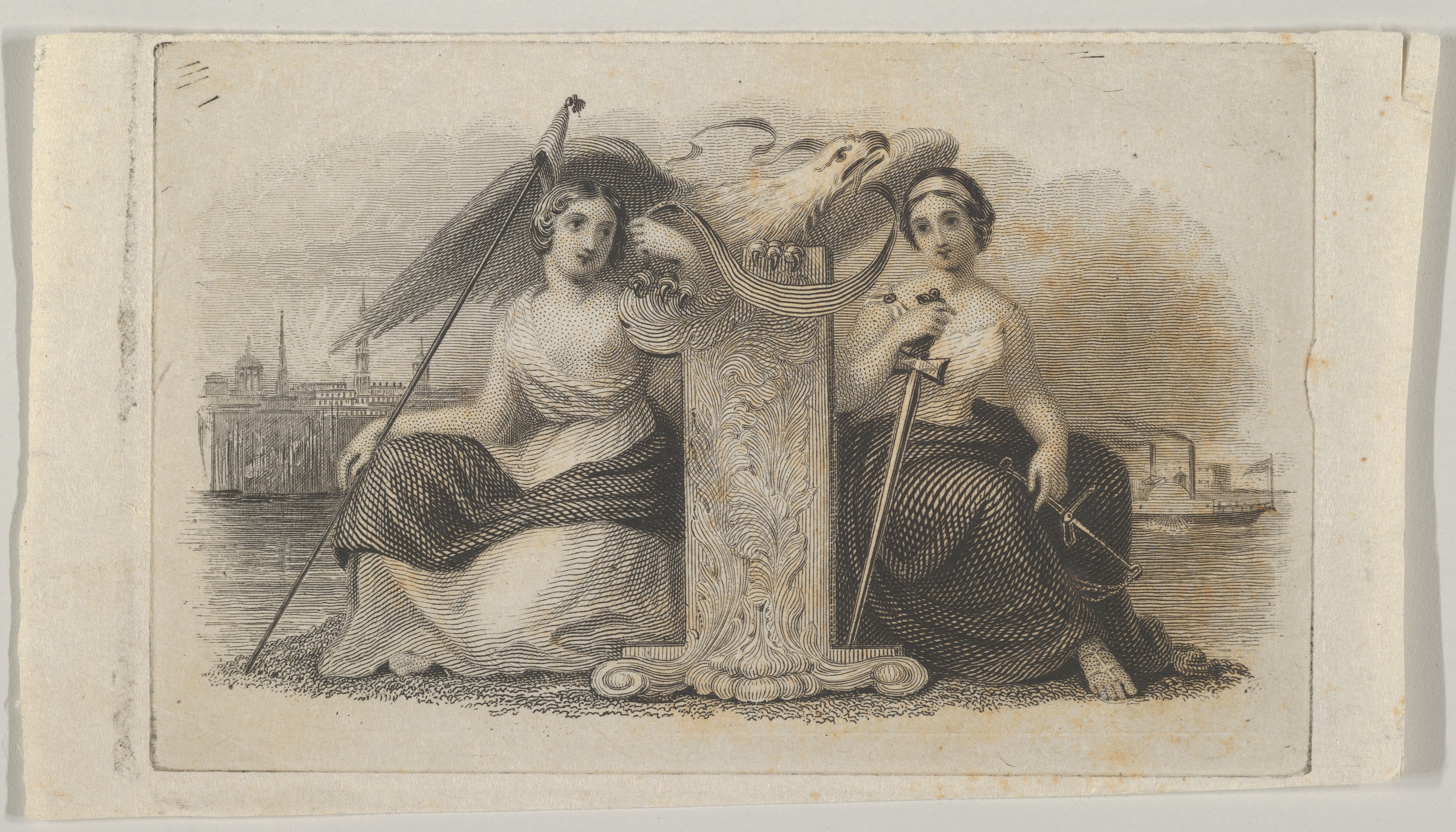
Data Availability Statements are a powerful tool in promoting data sharing, but what does it take to include them in a journal workflow?

Elsevier's Gaby Appleton expands on some of the themes she discussed during the recent STM Association's panel debate on 'The future of access" and the work Elsevier is doing in these areas.

Open Acess and Plan S in particular create a conflict between editorial quality and the cost of publication.

The author argues that the two biggest forces driving change in the scholarly communication landscape are consolidation and regulation. By consolidation, he means that there’s a now constant cycle of mergers and acquisitions, reducing the number of independent players in the market. By regulation, we’re talking about the increasing number of rules and the compliance burden being put on researchers.

If we believe data should be valued like other research outputs, we must take action to achieve this. Supporting the open data movement means providing proper support for data citations.
